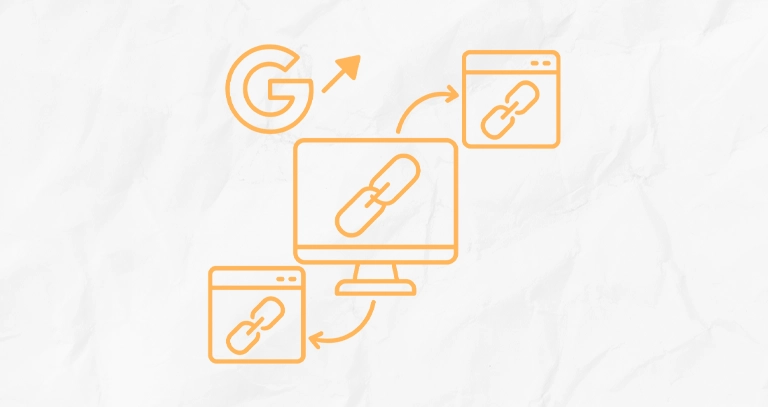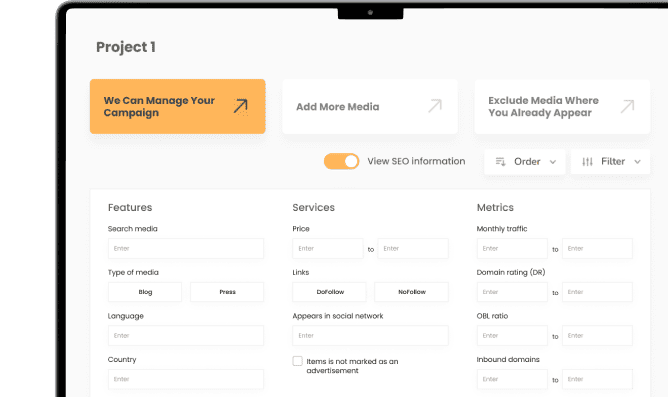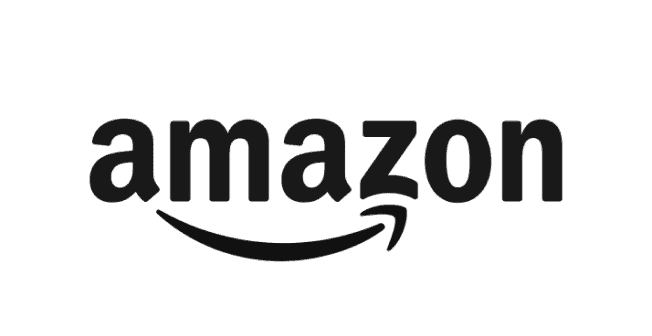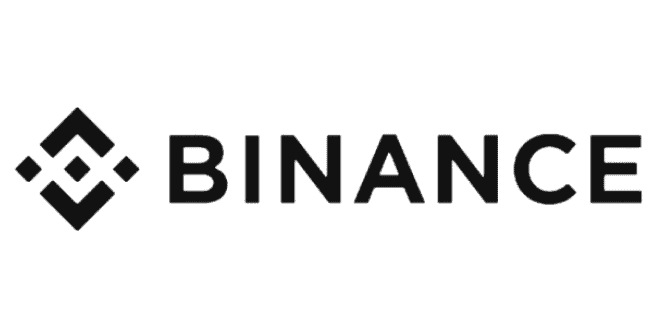At Growwer, we’ve spent years watching SEO evolve at the pace of Google. Every algorithm update impacts the visibility of projects, and link building is no exception. What worked a couple of years ago may now be obsolete—or even risky—after an update. Our experience has taught us that the key lies in constantly adapting link strategies to maintain a solid, natural, and resilient profile.
In this article, we share how we do it at Growwer, what we’ve learned from recent Google updates, and the steps we recommend to anyone looking to build authority without fear of losing rankings.

Why Google updates its algorithms
Google updates its algorithms to provide users with more useful and relevant results. These modifications aim to stop manipulative practices and improve the quality of what appears on the first page.
In recent years, we’ve seen major changes such as Core Updates, which adjust the overall evaluation of quality and relevance, or the Helpful Content Update, designed to prioritize content created for people rather than search engines. There are also Spam Updates, which directly target toxic links or unnatural patterns.
These movements make it clear that Google increasingly emphasizes real authority and links born out of genuine relationships with content.
The impact of updates on link building
When Google changes its algorithm, many link building tactics lose effectiveness. What once seemed like a quick solution—such as links in mass directories or obvious link exchanges—can now raise red flags. The same goes for excessive use of exact-match anchor texts or links from websites unrelated to the project’s niche.
At the same time, updates highlight the value of more sustainable practices: editorial links within relevant contexts, brand mentions in specialized media, and a diverse link profile that reflects a natural construction. The logic is simple: if a link doesn’t make sense for a human reader, sooner or later it will stop making sense for Google too.
How we adapt our link building strategies
At Growwer, we believe the best way to adapt to changes is by keeping a flexible yet rigorous approach. We don’t wait for an update to react; instead, we continuously review our clients’ link profiles.
This allows us to detect risky patterns in time and reorient campaigns. We always prioritize quality over quantity. One strong link in a relevant industry outlet is worth much more than dozens of mentions on low-authority websites. We also focus on contextual links—those placed within well-written, thematically related content—because they withstand algorithm updates far better.
Link building after Google updates
Despite changes, some strategies continue to work as long as they’re done properly. Guest posting on specialized media remains a powerful tool when the content brings real value to the reader. Natural brand mentions, whether from collaborations or a company’s reputation, also help build authority organically.
On the other hand, volume-driven tactics, sponsored posts on irrelevant websites, or mass-purchased links are usually the first to lose effectiveness after an update. That’s why we design campaigns meant to last, avoiding shortcuts that can quickly turn into risks.
Key tools to measure the impact of an update
You can’t improve what you don’t measure. That’s why we monitor each project with different tools.
Some of the most useful ones include:
- Google Search Console, to detect traffic variations and keyword shifts.
- Ahrefs and SEMrush, to track link evolution and analyze competitors’ strategies.
On top of this, we add internal alert systems that notify us of sudden drops in organic traffic. With this analysis, we can react quickly and fine-tune campaigns without waiting for an update to cause lasting damage.
Real cases and lessons learned at Growwer
A clear example came from a client who had built much of their profile on low-quality links. After a Core Update, their visibility dropped significantly. We analyzed the situation, removed the most toxic links, and created a new strategy focused on specialized outlets in their industry.
Within just a few months, the client not only regained rankings but also surpassed several direct competitors. This case confirmed what we often repeat: sustainable link building always outperforms short-term tactics.
Final tips to maintain strong link building
After years of dealing with algorithm changes, we can summarize our experience into three key principles:
- Think long term, since a quality link today will still bring value years from now.
- Diversify sources, to avoid relying on a single type of link or outlet.
- Combine online reputation and SEO, because the stronger the brand, the more natural the mentions and links it will attract.
Google updates shouldn’t be seen as a threat, but as an opportunity to strengthen what truly works. At Growwer, we invest in link building that is natural, sustainable, and focused on providing value both to the user and to the website hosting the link.
Shortcuts eventually expire, but authority built with strategy and patience endures. And that, in our experience, is the best way to respond to any Google update.







